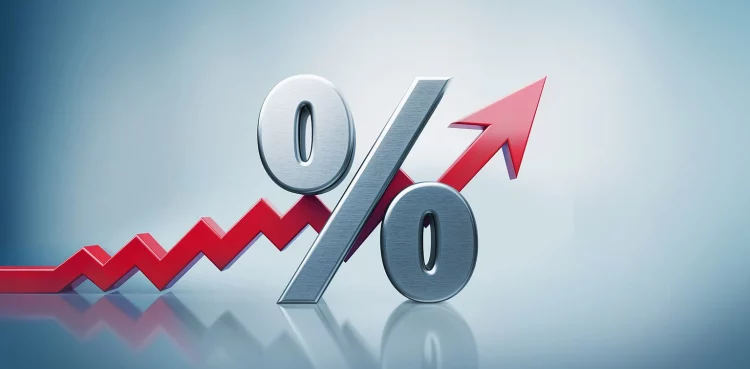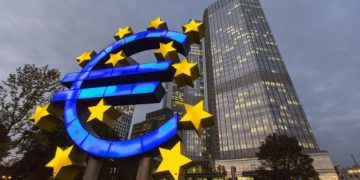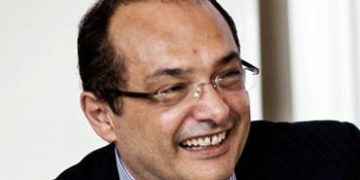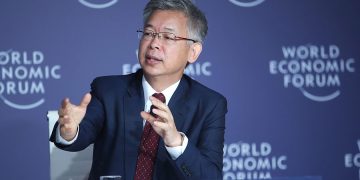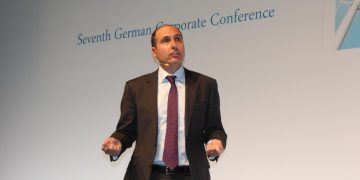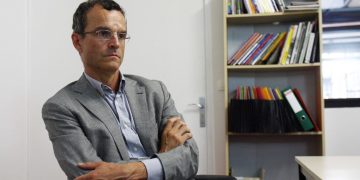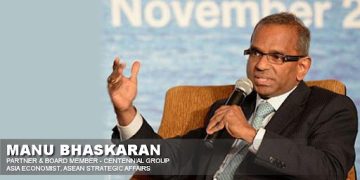For more than a decade, much of the developed world operated in an extraordinary monetary environment where interest rates hovered near zero—or even dipped below it. Central banks from Europe to Japan embarked on unprecedented policies to combat deflationary pressures and revive stagnant economies after the 2008 financial crisis and the COVID-19 pandemic. The result was a prolonged period of negative or near-zero nominal rates, reshaping global asset allocation, debt dynamics, and investor psychology.
But that era is now drawing to a close.
Surging inflation, shifting growth expectations, and a reassertion of monetary orthodoxy have forced central banks around the globe to unwind ultra-accommodative policies. Rate hikes, once unimaginable in regions like the Eurozone or Japan, have become routine. As the world exits this extraordinary phase, “real interest rates”—those adjusted for inflation—are back at the forefront of economic debate.
Are financial markets, policymakers, businesses, and consumers truly prepared for a return to positive real interest rates? What does this transition mean for global capital flows, debt sustainability, and long-term economic strategy?
1. Understanding the Negative Interest Rate Era
1.1 The Origins: Post-Crisis Monetary Engineering
After the Global Financial Crisis in 2008 and again during the pandemic in 2020, central banks slashed interest rates and introduced quantitative easing (QE) to stimulate demand. With inflation persistently below target and output gaps wide, negative interest rates became a last-resort policy tool in several economies:
- European Central Bank (ECB) set deposit rates below zero.
- Bank of Japan (BoJ) adopted negative rates in 2016.
- Swiss National Bank and several Nordic central banks followed suit.
The goal was to discourage savings, incentivize borrowing, and weaken currencies to support exports.
1.2 Effects on Global Markets
- Sovereign bond yields turned negative: At its peak, over $17 trillion in global debt offered sub-zero yields.
- Asset price inflation: Low discount rates boosted valuations for equities and real estate.
- Distorted risk-taking: Investors moved into riskier assets for yield, encouraging speculative behavior.
- Debt accumulation: Governments and corporations capitalized on cheap financing to expand balance sheets.
2. The Pivot: Inflation and the Great Repricing
2.1 What Changed?
The global economic narrative shifted abruptly in 2021–2022 as pandemic-era stimulus collided with supply chain disruptions, labor shortages, and geopolitical tensions (e.g., the Russia-Ukraine war). Inflation surged—initially deemed “transitory,” but later embedded.
Central banks were forced to pivot:
- The U.S. Federal Reserve raised rates from 0% to above 5% in under two years.
- The ECB exited negative rates for the first time since 2014.
- The BoJ, long a holdout, began relaxing its yield curve control and signaling normalization.
2.2 Re-Emergence of Real Rates
For the first time in over a decade, real interest rates (nominal rates minus inflation expectations) turned positive in many major economies. This shift has profound implications:
- Discount rates rise, lowering the present value of future cash flows and pressuring asset valuations.
- Cost of capital increases, impacting corporate investment and leveraged strategies.
- Debt servicing becomes more burdensome, particularly for high-debt sovereigns and households.
3. Are We Ready for Real Interest Rates?
3.1 Financial Markets: Repricing, Rebalancing, Relearning
Markets built around ultra-low or negative rates must now adjust to a new normal:
- Fixed income portfolios are being reconstructed to reflect positive yields, ending the era of “return-free risk.”
- Equity valuations, especially in growth sectors, are under pressure due to higher discount rates.
- Private markets, which thrived in a low-rate environment, face new fundraising challenges as capital costs rise.
Volatility has increased, and investors are re-learning old lessons about the importance of the cost of money.
3.2 Governments and Fiscal Policy
The return of real interest rates exposes vulnerabilities in public finances:
- Debt sustainability models based on low or negative rates are no longer valid.
- Interest expense as a share of GDP is rising sharply in high-debt nations like the U.S., Italy, and Japan.
- Fiscal-monetary tensions may re-emerge, especially if political leaders push back against tightening.
In countries with aging populations and rising entitlement costs, fiscal adjustment in a positive-rate world will be politically and economically difficult.
3.3 Households and Consumers
A generation of consumers has grown up with cheap mortgages, low credit card rates, and near-free car loans. That world is gone:
- Mortgage rates have doubled or tripled in some markets.
- Consumer credit is more expensive, especially for subprime borrowers.
- Savings behavior is shifting, as deposits now offer meaningful returns.
Behavioral adjustments will take time and may dampen consumption and housing demand in the short to medium term.
3.4 Corporations and Capital Allocation
Cheap capital previously allowed companies to pursue aggressive growth strategies, stock buybacks, and speculative investments. In the new environment:
- Capital discipline is back.
- Earnings quality and cash flow generation are being re-evaluated by markets.
- Zombie companies —those sustained by low borrowing costs—are more likely to face restructuring or insolvency.
The corporate landscape may see a cleansing effect, but also a painful rebalancing.
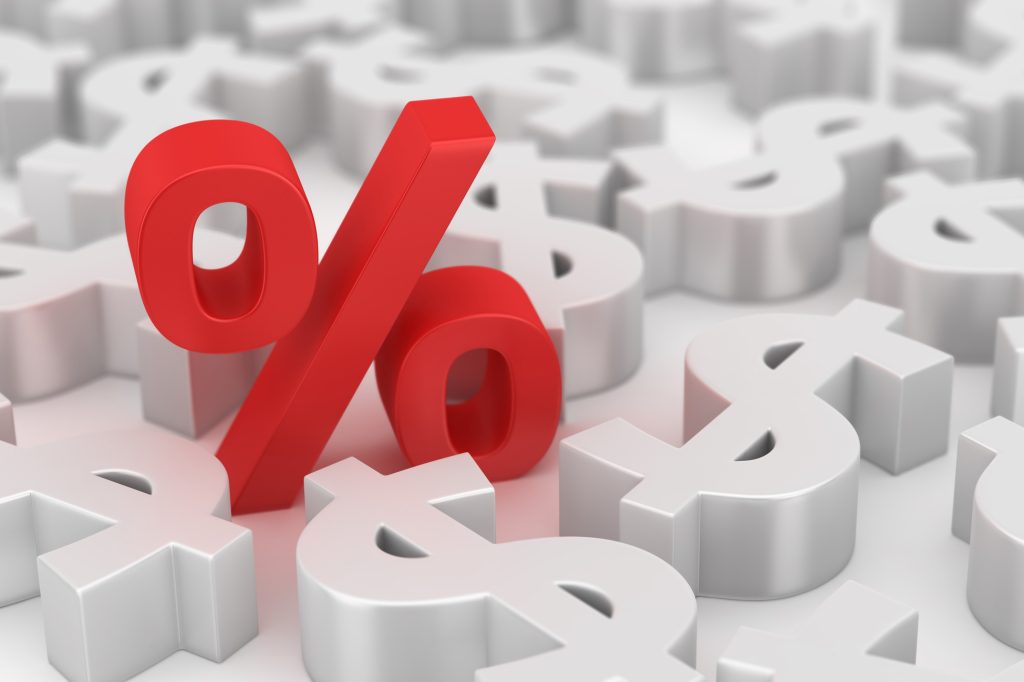
4. Global Implications of the Real-Rate Reset
4.1 Emerging Markets: Double-Edged Sword
For many emerging markets (EMs), higher real rates in developed economies spell trouble:
- Capital outflows as yield differentials compress or reverse.
- Currency depreciation, fueling inflation.
- Dollar-denominated debt burden increases, especially for nations with weak external balances.
Yet, EM central banks were in many cases early movers in hiking rates, and some now offer real returns that attract global investors. The landscape is bifurcated.
4.2 Geopolitics and Policy Divergence
The reassertion of real interest rates may also:
- Expose divergence between central banks (e.g., Fed vs. PBoC).
- Intensify currency volatility and policy coordination challenges.
- Shift global capital flows, impacting trade balances and geopolitical alliances.
4.3 Long-Term Investing: Back to Fundamentals
Positive real rates mean long-term asset allocation decisions will once again favor:
- Quality over hype.
- Income-generating assets over speculative plays.
- Diversification, as correlations return to more traditional patterns.
Pension funds, endowments, and sovereign wealth funds are rebalancing away from exotic bets and back toward durable income streams.
5. Is This the New Normal?
While central banks may pause or reverse some tightening depending on economic conditions, the structural anchors that supported the negative rate era are no longer in place:
- Demographics are shifting inflationary again (e.g., labor shortages).
- Deglobalization and supply chain resilience come at a cost.
- Green transitions and defense spending may raise long-run investment demand and inflation pressures.
The neutral rate of interest—the theoretical rate that neither stimulates nor slows the economy—may have structurally risen. If so, the return of real rates is not cyclical, but secular.
Conclusion: A World Relearning the Value of Money
The end of the negative interest rate era marks a profound shift in global finance, economics, and policymaking. While the return of real interest rates may seem like a return to normalcy, the transition will be anything but smooth.
Asset prices, debt models, and investment strategies must be re-evaluated. Policymakers must balance inflation control with debt sustainability. Households and businesses must reorient their financial habits in a world where the cost of capital matters again.
Are we ready? Not entirely. But the adjustment is underway—and those who embrace the discipline and structure of a real-rate world will likely emerge stronger, more resilient, and better equipped for the complex challenges ahead.
In the post-zero world, money once again has a price—and that price will shape everything.



















